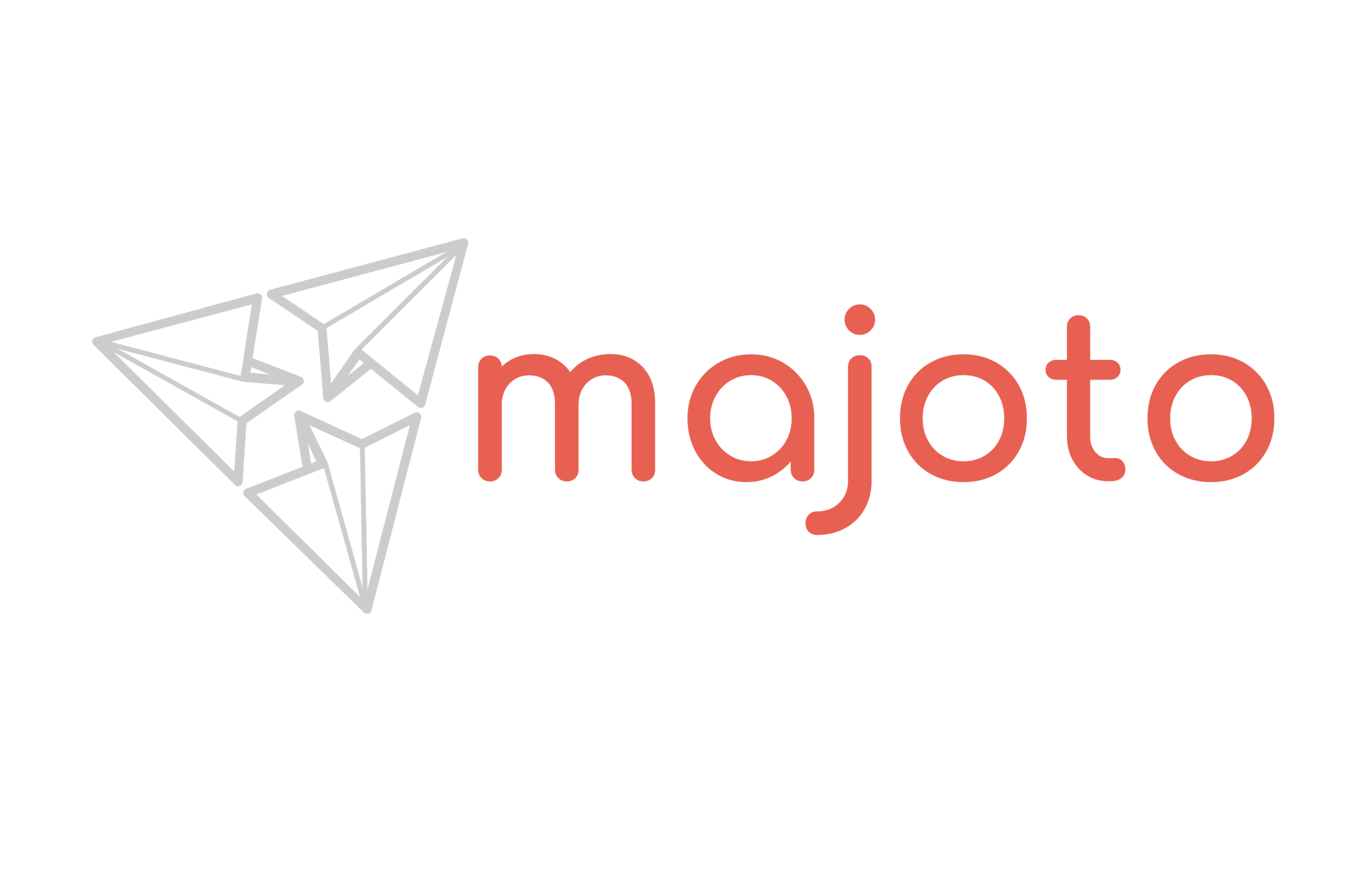Better Contracts Episode 14 (the one with landing the trick)
At Majoto we’ve seen a number of contract (re)designs that were failures. The final documents looked pretty enough, but the business could not use them because they just didn’t work.
They didn’t work because they failed to achieve the design objective, made the contract more complex than necessary, were not on brand, or just didn’t fit the business model. Even though a lot of effort went into the work and the documents were professionally designed.
In this episode of his #bettercontracts series, founder Denis Potemkin dissects the top 3 reasons for failure, and why it’s always worth trying and trying again.
#1 A successful project needs a strong foundation. Projects with a weak foundation will always fail.
The end result might look nice, but if it fails to achieve the objectives (faster deals, more trust, better relationships), then it’s a fail.
To create a strong foundation, you need to define your purpose, understand the context, decide what success looks like. It is the lens through which you look at everything else, and the thread that connects everything else. Projects fail when people jump into problem statements and requirements, or presuppose solutions - without creating the space for that initial discovery process. It’s really important at the start of a project, to spend the right amount of time and effort on this, and to use the right canvas that creates clarity and covers all the angles.
At Majoto we do this through (typically) two interactive workshops based around a series of visual exercises, with a deep “as is” assessment of the existing documents and process in between. Only then do we start brainstorming ideas and defining what the solution looks like.
#2 A successful project needs a good process. If you don’t follow process, you’re just gambling.
The failed projects we’ve seen started with one or two workshops and then the designers went away and created a draft design. That’s the wrong process.
A good design process is highly iterative. You need to create a range of answers and prioritise them. Then define a final design direction (what form does the solution take, what does it look and feel like?). Not to be confused with an MVP or prototype - at this stage it needs to be done at enough of a level of abstraction with the minimum amount of actual design work, and it might need several conceptual variations.
Only when you define that concept, can you then prototype, review, test… and only then start building. That way everyone is always working in the right direction and you know that each step you take is directly derived from the foundational discovery work. This requires structure and discipline as well as creativity and this is why Majoto’s process is so unique and effective.
#3 A good project looks at things deeply. A bad project focuses on surface decoration.
Contract redesigns fail when there is not enough focus on function, when design and content work is decoupled, or designers work in isolation from subject matter experts. Not only does that result in unusable documents, but it also gives legal design a bad name - since one of the big misconceptions out there is that design is about surface decoration or “prettifying” a document rather than improving its substance.
Contract design must focus on function and substance first and foremost: the information architecture, navigation, language, commercial balance. It needs to use real design patterns, which are visual devices for conveying information more efficiently and clearly. What people normally think of “design” (format, layout, icons, visuals, branding) comes last.
One of the problems we’ve seen is when a prototype or even a text file is handed over the designers to do the “design work”. Designers who are not familiar with legal design, are far less likely to understand the process and techniques for creating effective legal documents. While the legal team, if they delegate the design work to a designer, are missing out on a crucial opportunity to influence the design work. Working together and using a range of design, language, architecture and navigation techniques is essential to create documents that truly speed up deals and create trust.
Final words: How not to fail, or at least fail better.
Foundations, process, substance: these are the areas that failed design projects tend to spend too little effort on. If you focus on these, you will put your next project on the path to success. If you’re not sure how to do it, reach out to someone who’s done it before (and yes that includes us). That doesn’t mean handing a consulting project over - but it’s likely to land you some great advice and free resources, so you can land that next trick or at least land on your kneepads.

